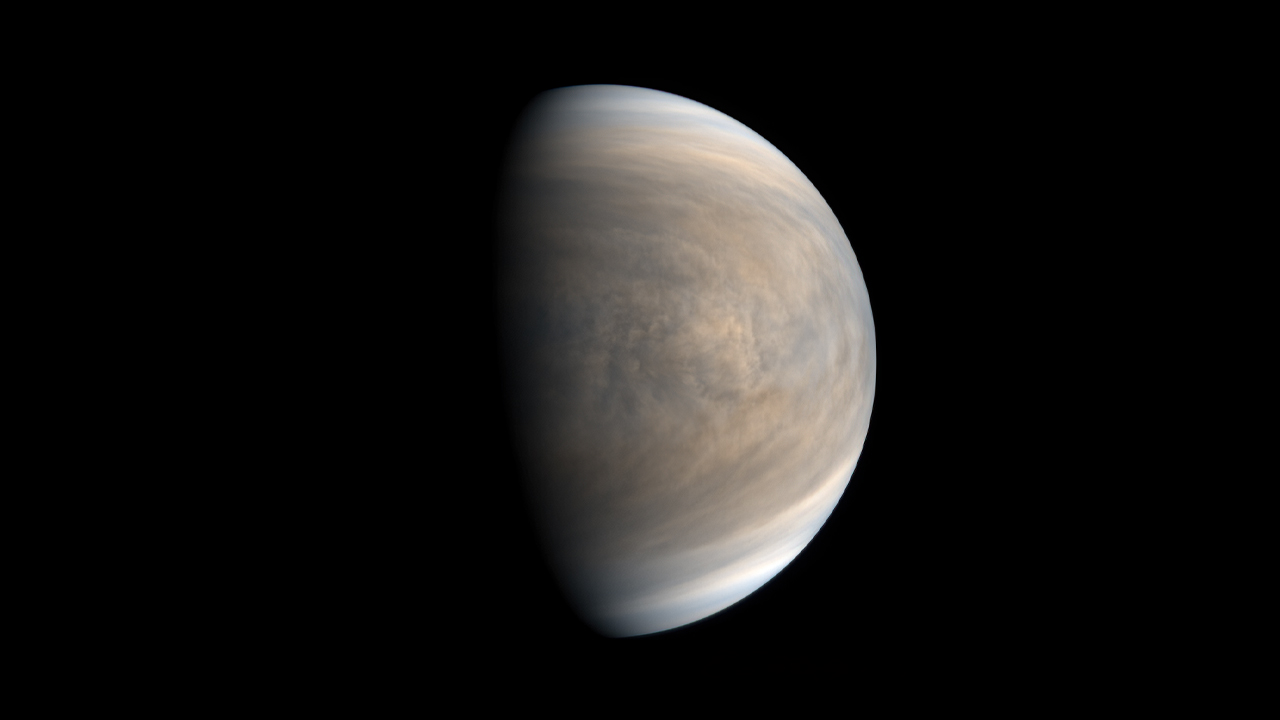Researchers deduce compounds responsible for patches, streaks in Venusian clouds

- Country:
- India
Researchers have deduced the underlying compounds behind Venusian clouds having patches and streaks, observable only under ultraviolet (UV) radiation.
The researchers found that a combination of two minerals, rhomboclase and acid ferric sulfate, could explain the specific ''mysterious'' UV absorption pattern featured in Venusian clouds, which are mainly made of sulphuric acid droplets, with some water, chlorine, and iron.
''The patterns and level of absorption shown by the combination of these two mineral phases are consistent with the dark UV-patches observed in Venusian clouds,'' said study co-author Clancy Zhijian Jiang, from the Department of Earth Sciences, University of Cambridge.
The researchers used a spectroscope, an optical instrument that measures light as a function of colour or frequency, in their analysis.
Previous studies had not identified the missing component that would explain the Venusian clouds' patches and streaks, according to them.
''The only available data for the composition of the clouds were collected by probes and revealed strange properties of the clouds that so far we have been unable to fully explain,'' said Paul Rimmer from the university and co-author of the study published in the journal Science Advances.
In this study, the team generated several iron-containing sulphate minerals in a lab. They suspended these minerals in varying concentrations of sulphuric acid, in an attempt to imitate the harsh environment present inside Venusian clouds. They then monitored the chemical and mineralogical changes.
The team then narrowed down the candidate minerals to rhomboclase and acid ferric sulfate, of which the spectroscopic features were examined under light sources specifically designed to mimic the spectrum of solar flares, they said in their study.
''These targeted experiments revealed the intricate chemical network within the atmosphere, and shed light on the elemental cycling on the Venusian surface,'' Jiang said.
The team expects to learn more about Venus in the coming years with space missions set to explore its atmosphere, clouds and surface.
''This study prepares the grounds for these future explorations,'' said Rimmer. ''Venus is our nearest neighbour, but it remains a mystery.''
(This story has not been edited by Devdiscourse staff and is auto-generated from a syndicated feed.)










